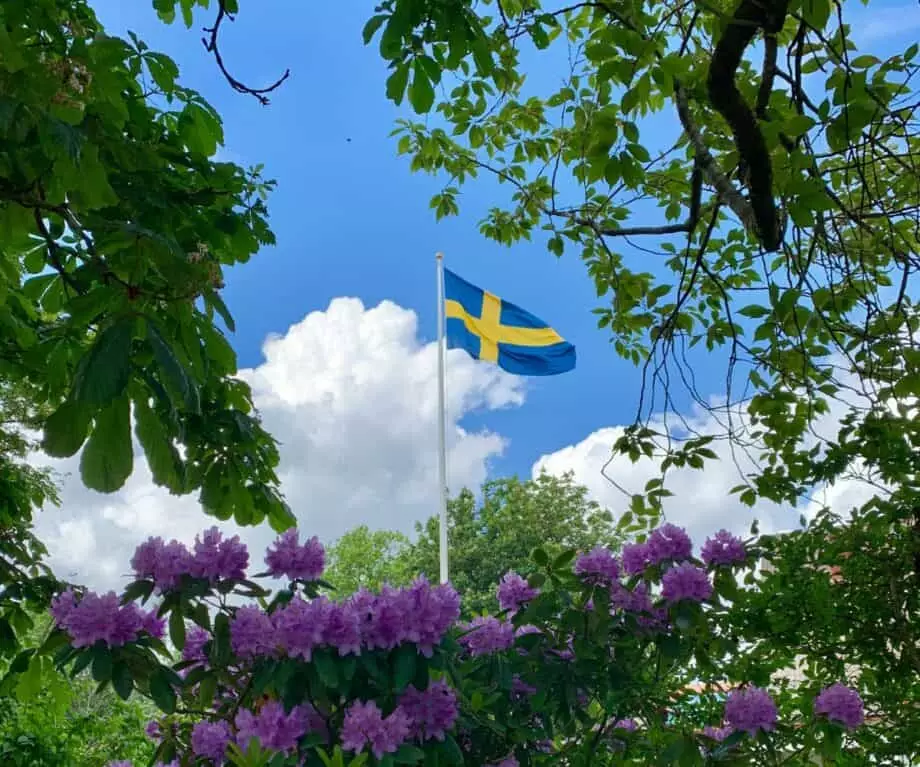Swedes hold the National Day in honor of Gustav Vasa’s election as king in 1523 and the new constitution in 1809. This day marks a significant historical event in Swedish history. Moreover, since 2005, it has been designated as a public holiday in the country. However, as summer approaches, the anticipation builds for something even more cherished among the Swedish people – Midsummer. This festive occasion, second only to Christmas in its importance, symbolizes the beginning of the summer season and is celebrated on a Friday between June 19 and 25 each year.
As Midsummer Eve falls on the longest day of the year, typically on June 21, Swedes immerse themselves in the festivities across the country. While most urban areas are quiet during this time, many people head to the countryside to celebrate Midsummer with friends and family. The charm of Midsummer celebrations is not limited to one specific location, as various places in Sweden boast unique festivities that capture the spirit and essence of this beloved tradition.
Dalarna, located in central Sweden, offers the most traditional experience of Midsummer celebrations in the country. It is home to iconic images associated with Sweden, such as brightly painted wooden horses, red cottages with white gables, and people dancing around the Maypole. Among the ten notable locations for Midsummer festivities, Leksand in Dalarna stands out for hosting the world’s largest Midsummer celebration, attracting thousands of visitors annually. The community gathers at Gropen in Leksand for a delightful celebration of joy and cultural heritage, complete with music, dance, and the raising of Sweden’s tallest Maypole.
Aside from Dalarna, there are several other locations in Sweden where Midsummer is celebrated with great enthusiasm and charm. In Rättvik, visitors can experience a fantastic Midsummer festival featuring parades, folk music, and traditional dancing around the Maypole. The Gothenburg archipelago offers a picturesque setting for Midsummer festivities on islands like Björkö and Vrångö, with Gunnebo House hosting a popular Midsummer event. In Visby on Gotland, a true folk festival unfolds with music, dancing, and horse-drawn carriage rides.
For those who seek a blend of tradition and modernity, various locations in Sweden offer unique Midsummer celebrations. From Sofiero Palace in Helsingborg to Stockholm’s beautiful archipelago, there are diverse settings to enjoy traditional singing, dancing, and cultural displays. Skansen in Stockholm hosts a classic Midsummer celebration in an open-air museum, while Riksgränsen allows visitors to ski under the midnight sun during the Midsummer weekend. Even if you can’t make it to Sweden, you can join the festivities in New York City at the Swedish Midsummer Festival.
To truly immerse yourself in the magic of Swedish Midsummer, it is essential to partake in key traditions and customs associated with this festive occasion. From dancing around the Maypole to singing traditional songs accompanied by accordion music, there are various ways to engage in the festivities. Crafting a floral wreath is a beloved tradition, as is enjoying a typical Midsummer menu featuring pickled herring, potatoes, strawberries, and schnapps. Staying up to experience the magic of the midnight sun adds to the enchantment of this special celebration.
Midsummer in Sweden is more than just a festive occasion; it is a time to celebrate and embrace the country’s rich heritage and culture. From traditional folk music to vibrant dancing, Midsummer traditions offer a glimpse into the heart and soul of the Swedish people. Whether you are in Dalarna, Visby, Stockholm, or New York City, the spirit of Swedish Midsummer shines through in the joy, camaraderie, and magic of this beloved tradition.








Leave a Reply